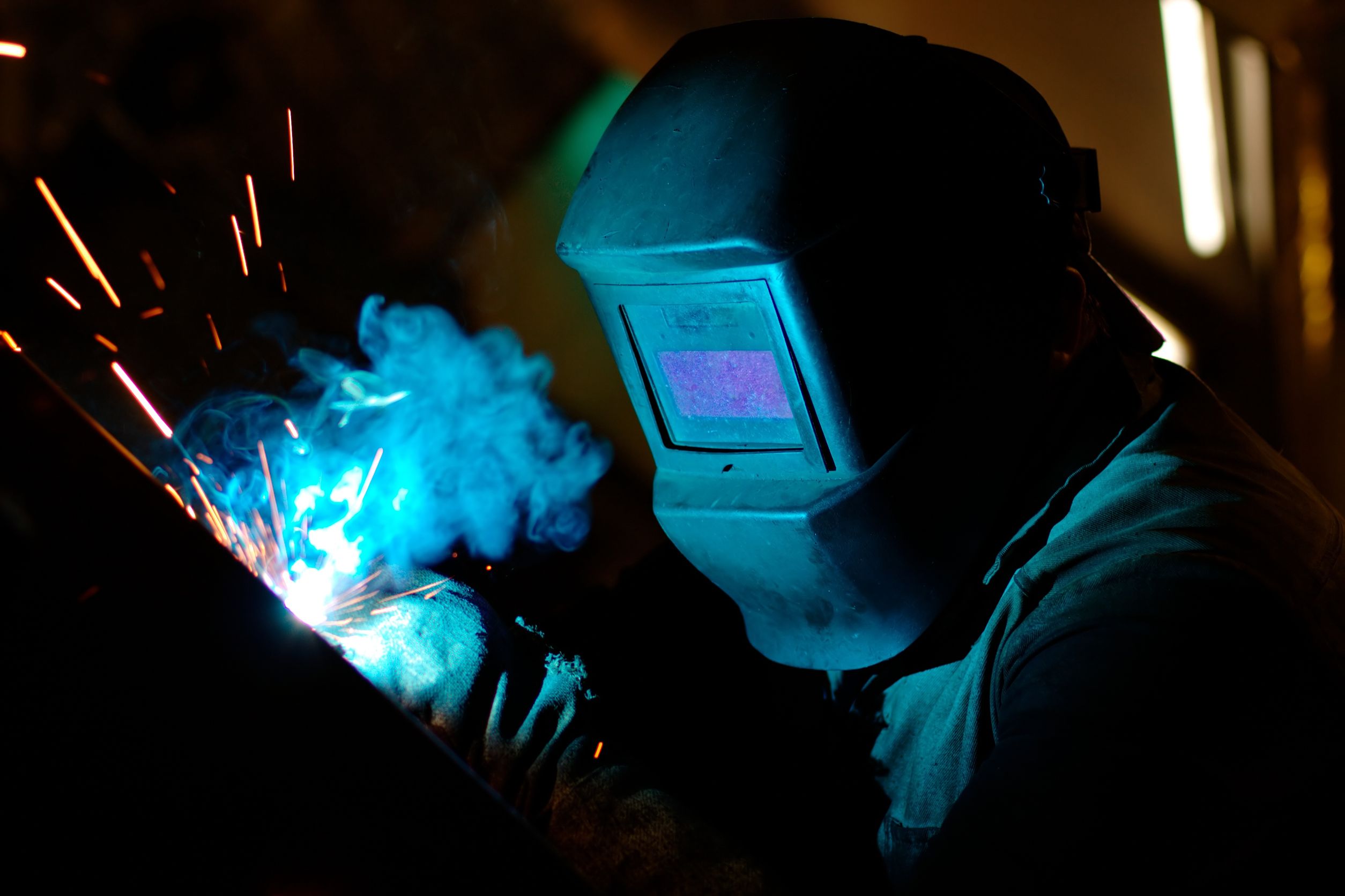A vital part of the industrial sector, production welding stresses repetition, efficiency, and speed. This procedure consistently joins metal components in high-volume manufacturing environments using sophisticated welding methods. Production Welding emphasizes consistency and the ability to manufacture large numbers of identical welds on short notice, in contrast to custom welding, which is frequently defined by bespoke workmanship.
The methods and tools used in modern production welding
Automated Systems of Welding
The integration of automated welding systems is one of the biggest developments in industrial welding. These systems use robotic arms and welding equipment to produce accurate welds more quickly than human welders could. Automation improves weld quality and consistency while also speeding up production and lowering the number of errors.
Ing and MIG Wire work
Two of the most often employed techniques in industrial settings are metal inert gas (MIG) and tungsten inert gas (TIG) welding. Because MIG welding is so quick and flexible about various metals and thicknesses, it works well on manufacturing lines. Although slower, TIG welding provides more control and higher-quality finishes, making it suitable for welds that require precise heat control or are visually significant.
The impact of production welding on industry productivity and efficiency is significant.
Production Welding methods have profoundly changed the construction, automotive, and aerospace industries. Robotic welding, for instance, has drastically increased productivity and lowered costs in the automobile industry by cutting the time needed to complete a car body.
Qualitative and safe
Higher precision, made possible by sophisticated control systems in production welding, directly translates to better results and increased safety. Automating processes reduces human error and worker exposure to dangerous situations, resulting in safer production settings.
Current Events and Prospects
The future of Production Welding is the fusion of conventional welding techniques with digital technology. Further revolutionizing this industry are innovations like artificial intelligence-powered predictive maintenance and real-time quality monitoring systems. By pushing the limits of what is possible in production welding, these technologies guarantee ongoing development in welding procedures and do not simply forecast equipment breakdowns.
Production Welding Precision Pioneered by Micro Weld
Micro Weld is leading the Production Welding market with its commitment to providing effective and high-quality welding solutions. With decades of experience, they specialize in both human and automated welding procedures to guarantee that every project satisfies the strictest requirements for durability and accuracy. Their commitment to quality and innovation continues to propel production in heavy machinery, aerospace, and automotive industries.

